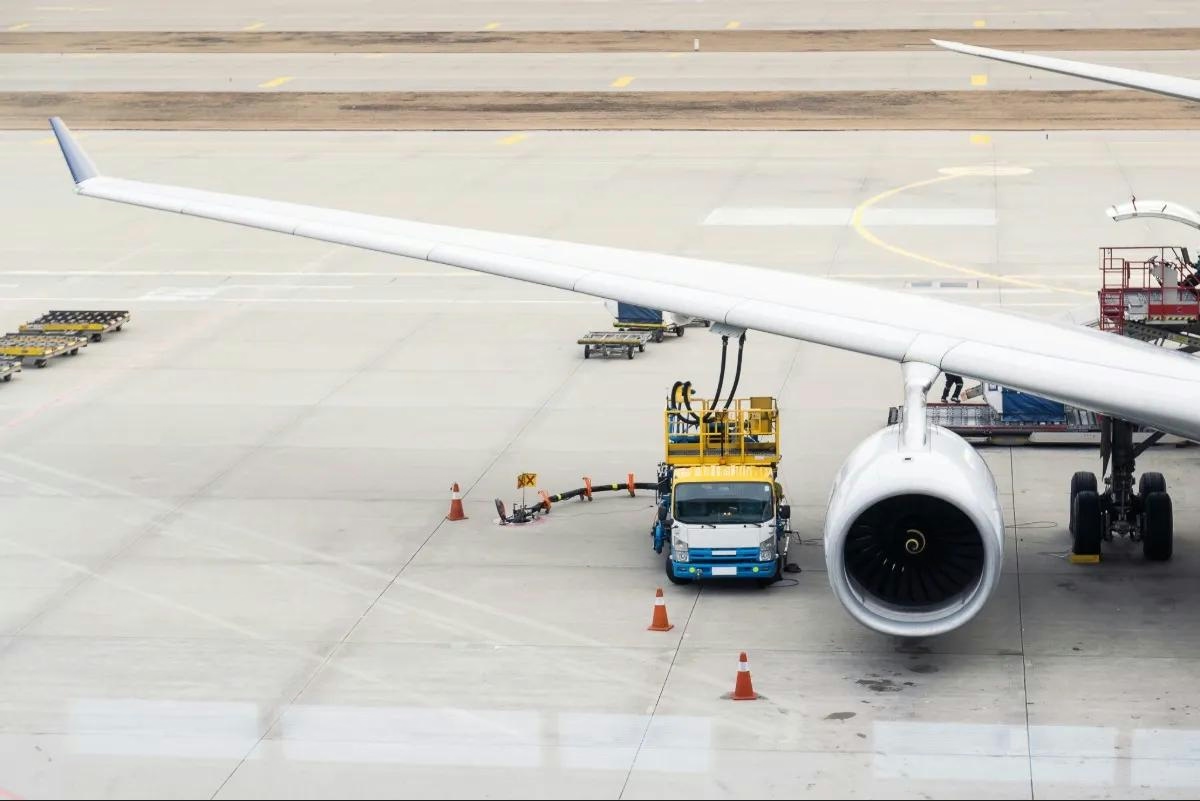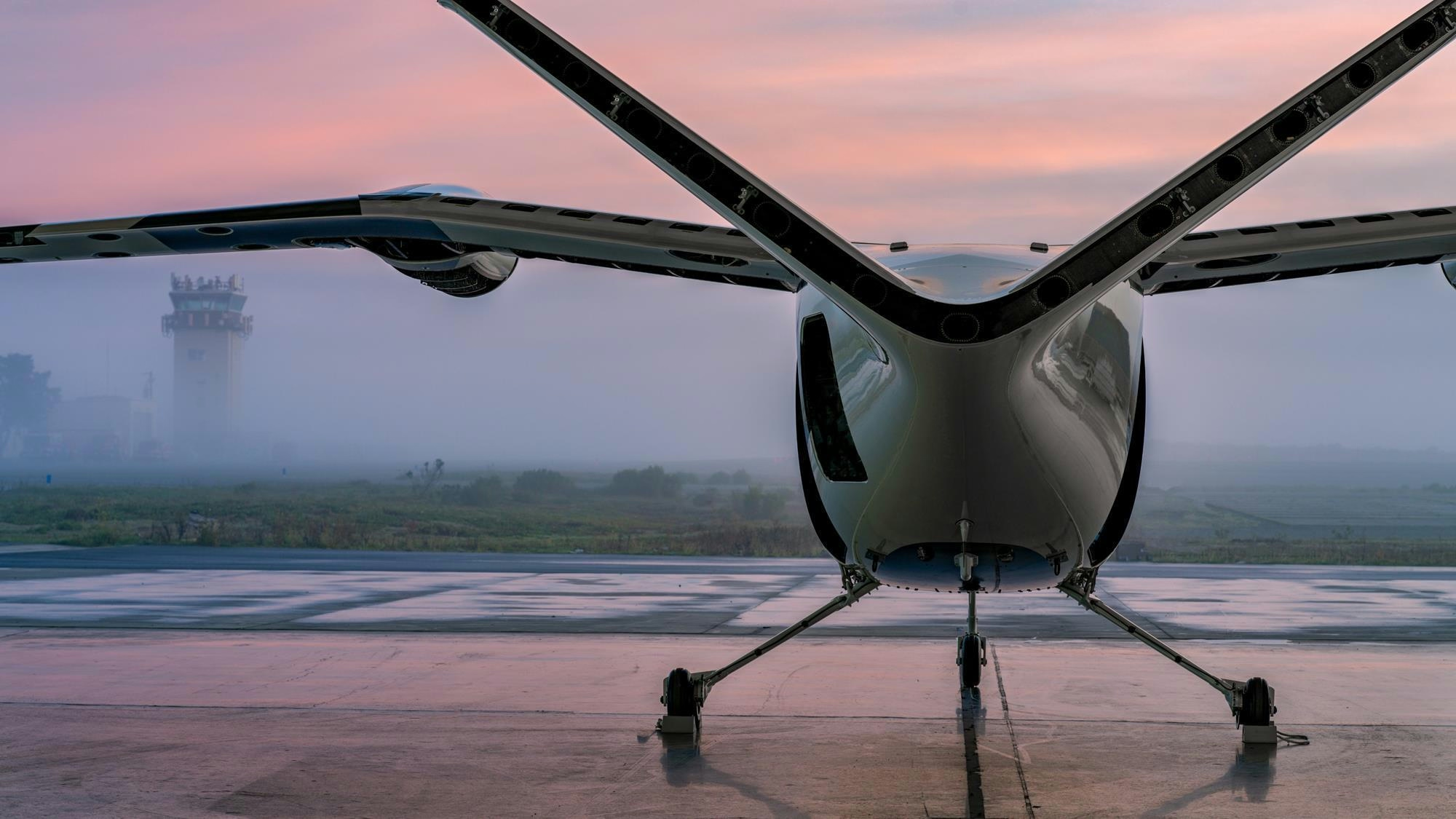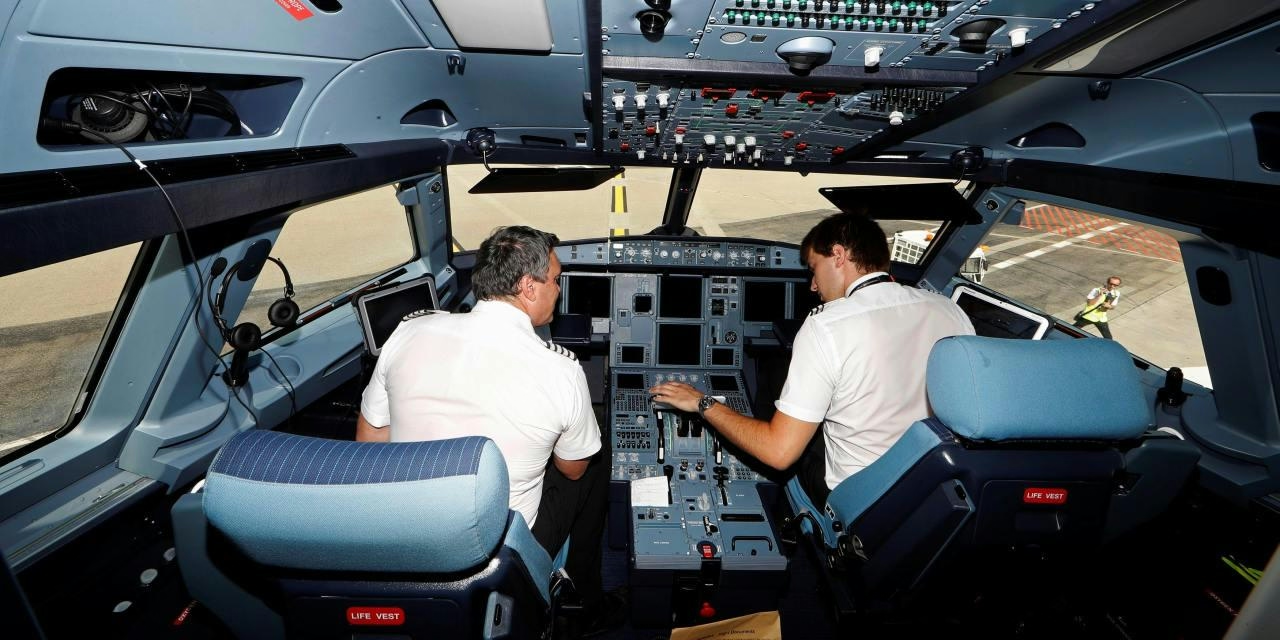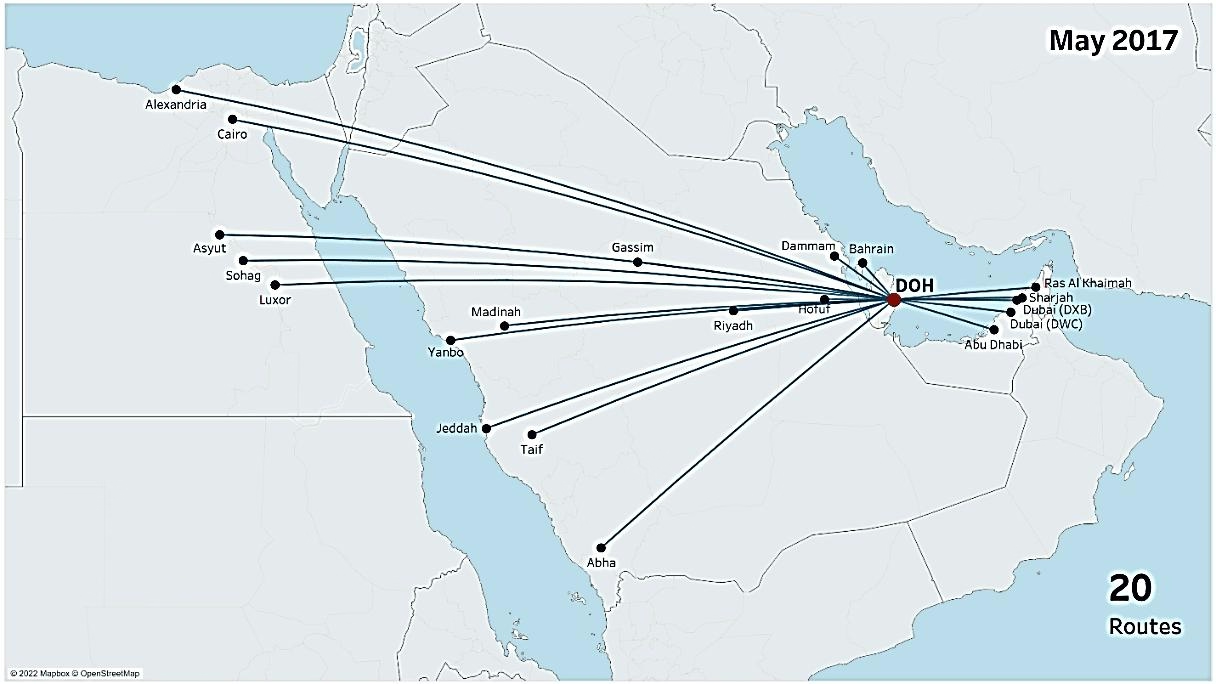
AeroGenie — Your Intelligent Copilot.
Trending
Categories
Aviation Expert Highlights Key Detail in Air India Crash Investigation

Aviation Expert Highlights Crucial Evidence in Air India Crash Investigation
Captain Steve Scheibner, a former U.S. Navy pilot and esteemed aviation analyst, has drawn attention to a pivotal detail in the ongoing inquiry into the Air India Dreamliner crash on June 12. Scheibner contends that the deployment of the ram air turbine (RAT) on the Boeing 787 serves as compelling evidence of a catastrophic dual engine failure, a revelation that could significantly alter the prevailing understanding of the tragedy’s cause.
Reassessing Early Theories with New Evidence
In a comprehensive analysis shared on YouTube, Scheibner revisits the initial hypotheses proposed within 48 hours of the Air India AI-171 accident. These included a dual engine failure potentially triggered by a bird strike or fuel contamination, improper flap settings, and an early favored theory involving copilot error—specifically, the accidental retraction of flaps instead of the landing gear. However, the emergence of higher-resolution video footage has prompted Scheibner to revise his stance.
He identifies a small gray protrusion beneath the right wing in the footage as the RAT, a device designed to deploy automatically in the event of total engine failure or complete loss of electrical or hydraulic power. “That little gray dot is the RAT,” Scheibner explains, emphasizing that its deployment is a visual confirmation of a severe power loss. The RAT provides minimal emergency power necessary for flight control and communication, a function not typically activated at low altitudes unless both engines fail.
Supporting this visual evidence, Scheibner highlights audio from the crash video featuring a high-pitched whine consistent with the RAT spinning at near-sonic speeds. The sole survivor’s testimony, describing a loud bang and flickering lights prior to impact, further corroborates the RAT’s deployment. Additionally, a reported Mayday call in which the captain allegedly mentioned a loss of thrust lends further credence to the dual engine failure theory, although air traffic control recordings have yet to be made public.
Implications for the Investigation and Aviation Sector
Scheibner concludes that these findings elevate the dual engine failure hypothesis to the forefront of the investigation, while acknowledging that the underlying cause of both engines flaming out shortly after takeoff remains unknown. “It’s a real head-scratcher,” he remarks, underscoring the complexity of the incident.
The crash, which resulted in the deaths of all 241 passengers and crew onboard as well as several individuals on the ground, has intensified scrutiny of Air India and the wider aviation industry. The recovery and analysis of the flight data recorder are now considered critical to uncovering definitive answers. This tragedy arrives at a sensitive juncture for Air India, as its Vihaan.AI transformation program faces a significant challenge amid rising public concern over airline safety. Recent surveys indicate that 51% of Indian travelers are avoiding certain carriers due to safety apprehensions.
How Air India manages its response—particularly regarding transparency and communication—will be vital in shaping both its reputation and the broader perception of India’s aviation sector. As investigations proceed and competitors react, the airline’s future and the confidence of the flying public remain uncertain.

Growth Expected in Aviation Biofuels Market

Civil Aviation Minister Says Air India Crash Investigation Is Thorough and Professional

Airline Industry Challenges in 2025: Layoffs, Mergers, and AI Pricing

FAA to Review Honda’s Exemption Request for eVTOL Aircraft Trials in the US

New Aviation Maintenance and Training Center Planned for North Bali

Airbus Exceeds 2025 Delivery Target with 793 Aircraft

TransDigm Group Reshapes the Aerospace Supply Chain

Qatar Secures ICAO Re-election and Expands Aviation Routes

UAE and China Advocate for Flying Taxis Over Self-Driving Cars
